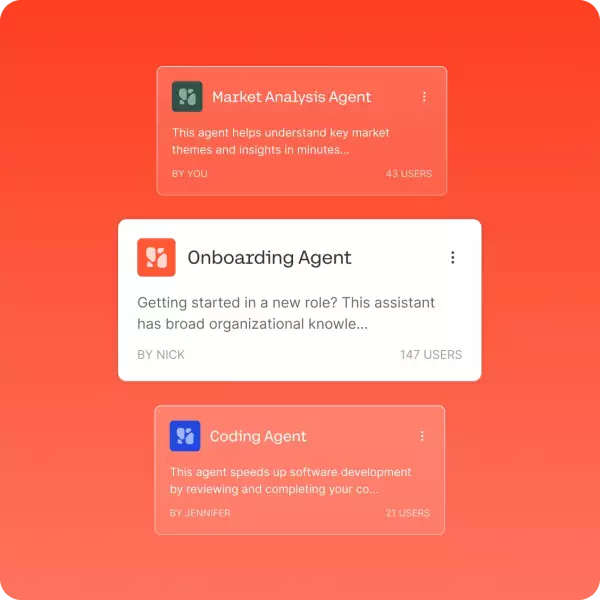In an era where artificial intelligence continues to evolve at an unprecedented pace, one company stands out for its focused approach to enterprise needs: Cohere. With its recent release of Command A Reasoning, the Canadian startup is making bold claims about transforming how organizations leverage AI for complex reasoning tasks. This new model isn’t just another transformer; it’s a carefully engineered solution tailored for the nuanced demands of corporate environments.
Unlike many existing models that broadly aim to be versatile but often fall short in practical enterprise settings, Cohere’s latest offering zeroes in on key operational tasks—market research, data analysis, scheduling, and customer service—where clarity, reliability, and security are paramount. Its design reflects a clear understanding of enterprise workflows, prioritizing not just raw power but also integration flexibility and safety controls that are often overlooked in the race to build larger, more complex models.
At its core, Command A Reasoning embodies a deliberate shift toward specialized AI. It boasts a formidable 111 billion parameters, trained explicitly with multilingual capabilities and tool use in mind—features essential in a globalized economy. The model’s support for up to 256,000 tokens on multi-GPU setups signals a serious commitment to handling extensive documents and long-form interactions, a necessity for enterprise-grade applications. This is a direct challenge to other industry giants like OpenAI’s GPT-5, positioning Cohere as a serious contender for organizations seeking scalable, powerful reasoning capabilities without compromising control over data and deployment environments.
Design Philosophy: Flexibility, Control, and Safety
What sets Command A Reasoning apart isn’t just its impressive technical specs but its thoughtful architecture aimed at practical use. One of its standout features is the token budget system, which enables users and developers to dial in the level of reasoning depth for specific tasks. This nuanced control allows for a spectrum of responses—from lightning-fast, cost-efficient outputs with minimal reasoning to in-depth analysis that requires more computational resources.
This feature strikes a crucial balance in enterprise contexts, where efficiency can no longer be sacrificed for sophistication. Instead, organizations can choose their tradeoffs based on real-world priorities—speed versus accuracy—without switching models or architectures. Furthermore, the model’s ability to toggle reasoning on or off demonstrates an understanding that not all applications demand the same level of cognitive depth. This flexibility makes Command A Reasoning adaptable across various domains, from real-time customer support to detailed research analysis.
Perhaps most importantly, Cohere’s emphasis on safety within the model is a decisive step forward. In regulated industries—healthcare, finance, legal—unwanted hallucinations or unsafe outputs can cause serious repercussions. Cohere’s implementation of filters for high-risk content like hate speech, violence, or conspiracy theories reflects a mature approach to AI deployment, acknowledging that enterprise AI must be both powerful and trustworthy. The effort to fine-tune safety without over-restricting legitimate requests suggests a nuanced understanding of enterprise risk management, a critical factor for widespread adoption.
Practical Implications and Industry Impact
From an operational perspective, Cohere’s strategy of integrating Command A Reasoning into their new platform, North, means organizations can deploy advanced AI agents internally without relinquishing control over sensitive data. Operating within on-premises environments, these AI agents can seamlessly execute tasks such as extracting insights from sprawling document repositories or orchestrating multi-step workflows—an advantage over cloud-dependent models that often raise data sovereignty concerns.
The model’s multilingual capacity enhances its appeal for multinational corporations. Supporting 23 languages out of the box, it aims to deliver consistent quality across diverse markets, reducing the fragmentation typically seen in language-specific models. This multilingual proficiency, combined with its reasoning capabilities, positions Cohere as a potent tool for global enterprises seeking uniform enterprise AI solutions.
While many competitors push for ever-larger models with less emphasis on safety and control, Cohere’s approach recognizes that enterprise adoption hinges on trust, customization, and operational practicality. The model’s API design, with straightforward integration of external tools via JSON schema, signals a commitment to enabling developers to embed AI into existing ecosystems effortlessly. This aligns well with the growing trend of agentic workflows—automated, coordinated AI agents that collaborate to achieve complex objectives—where the model acts as the reasoning backbone.
Still, skepticism remains warranted. The enterprise AI market is crowded, and the skepticism about whether new models can truly outperform established ones in real-world scenarios persist. The benchmarks provided by Cohere are promising but should be approached critically, considering factors beyond raw scores: long-term stability, robustness against adversarial inputs, and true safety in deployment. Furthermore, the commercial licensing and bespoke deployment pricing model could pose barriers for smaller organizations, limiting the democratization of this technology.
Final Reflection: A Promising Yet Cautious Step Forward
Cohere’s Command A Reasoning manifests a clear message: enterprise AI requires more than just bigger models—it demands smarter, safer, and more controllable solutions. Its innovative features like the token budget system, multi-language support, and integrated safety filters align closely with the pressing needs of modern organizations operating within complex and regulated environments.
However, the true test of this model’s impact will be how effectively it integrates into real-world workflows and whether it can sustain performance and safety over time. The enterprise AI landscape is fraught with challenges of trust, governance, and scalability. Cohere’s efforts to position Command A Reasoning not merely as a technical marvel but as a practical tool for business excellence reflect a strategic vision worth watching—if only because the future of industry-wide AI adoption hinges on models that are not just powerful but responsibly engineered for long-term success.

